Photodynamic Therapy
Photodynamic therapy (PDT) is a non-invasive treatment involving light-sensitive medicine and a harmless light source. When exposed to the light, the medicine becomes activated, causing damage to nearby abnormal cells.
This technique is used to treat various conditions, including actinic keratoses, superficial skin cancer no melanoma and other skin-related issues such as warts, acne or nail fungus. PDT offers a minimally invasive alternative to more aggresive treatments, effectively targeting abnormal cells accessible to the light source (including daylight).
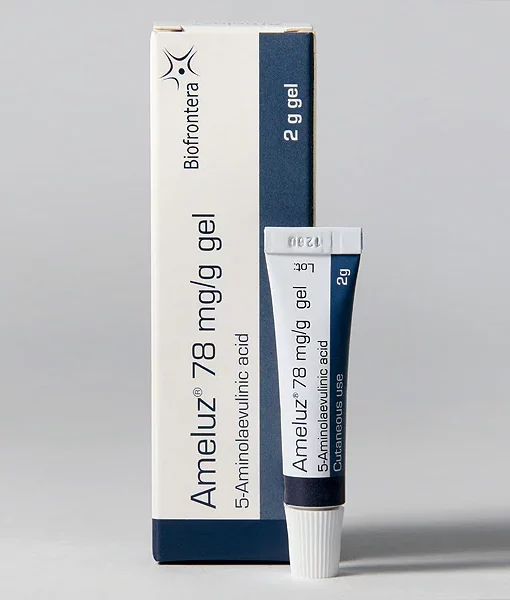
Treatment Steps
At Derma we value your time and make it clear the steps we take to making your skin glow!
Number of Sessions
1 Sessions
Session Interval
12 Months
Downtime
3 Days
Pre-Treatment Instructions:
- Come to the clinic without any makeup or cream.
- If it is cloudy or raining outside the day of your treatment, we will have to postpone the treatment because ultraviolet radiation is necessary to make this treatment work.
Post-Treatment Instructions:
- It is of paramount importance to avoid direct sunlight for 24-48 hours after PDT. Outdoor exposure
should be limited, and a physical mineral sun block should be used with at least an SPF 30. - If one has a history of cold sores or HSV, it is recommended that one take an antiviral medication
(Valtrex) - During the post-treatment period, the skin may be sensitive and inflamed, and is more likely to have an
allergic reaction to topically applied agents. It is therefore recommended that topical products (including
medications given by our office) not be used for at least 48 hours, or until the ‘sunburn reaction’
subsides. - If the skin becomes dry and feels ‘tight’, hydration is important and may be achieved by applying aloe
vera and/or moisturizers creams such as Cetaphil moisturizing cream or CeraVe hydrating cream.- Creams are better than lotions because they are thicker and more hydrating.
- Choose creams that are bland and generally non-irritating, non-alcohol containing.
- Apply using gentle circular motion to avoid rubbing the skin off.
- If swelling is an issue, a short course of prednisone prescribed to you will be extremely helpful, as will
elevating the head on two pillows while sleeping. - If there is pain and discomfort, one many take analgesics such as Tylenol and Advil if you do not have an
allergy. - If make-up is to be used, a mineral based formulation is recommended. Patients may apply make-up
after crusting (if occurred) has healed. - If you have any questions at all, please do not hesitate to call us. During regular office hours please call
the physician’s office line in which you had your initial consultation, and request to speak with Dr.
Rebeca De-Miguel.
If you have any concerns, please contact our office at (345) 233-1152.
**Instructions in place according to the set-up protocol of Ameluz and European and American Academy of
Dermatology**
Before After Photos
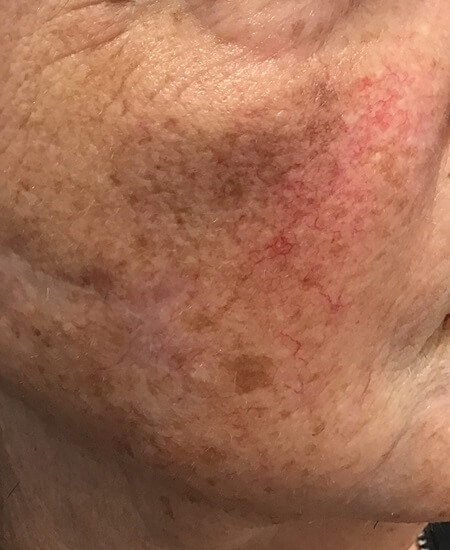
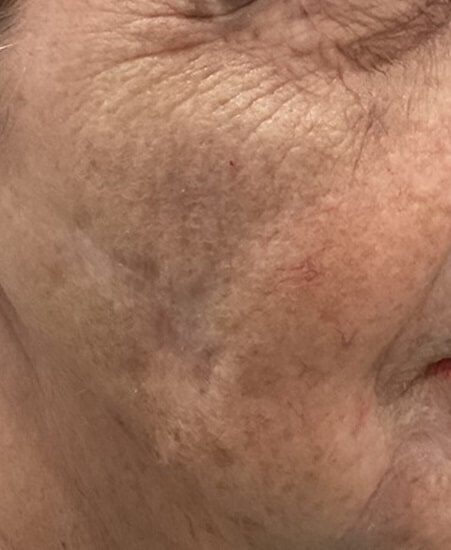
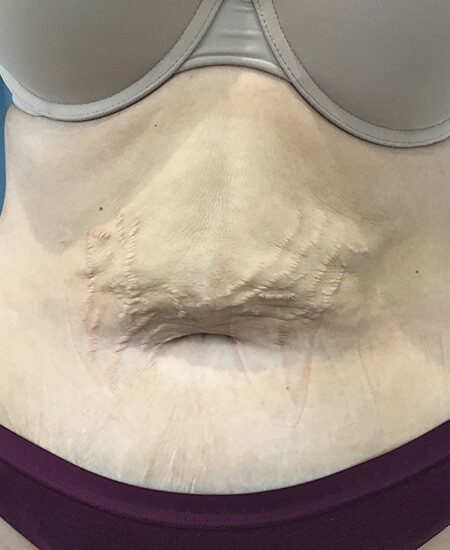
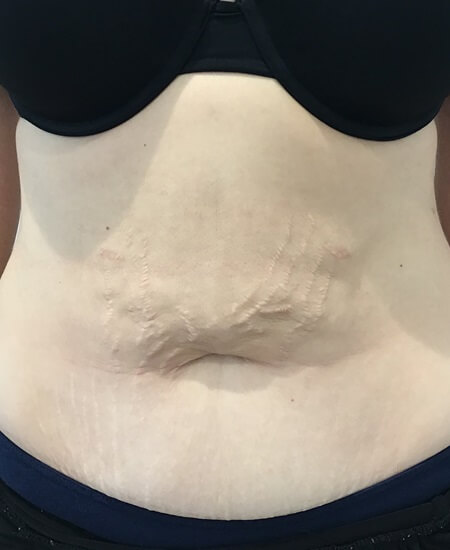
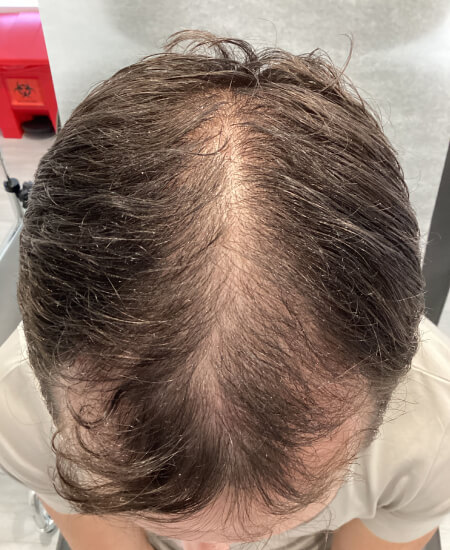
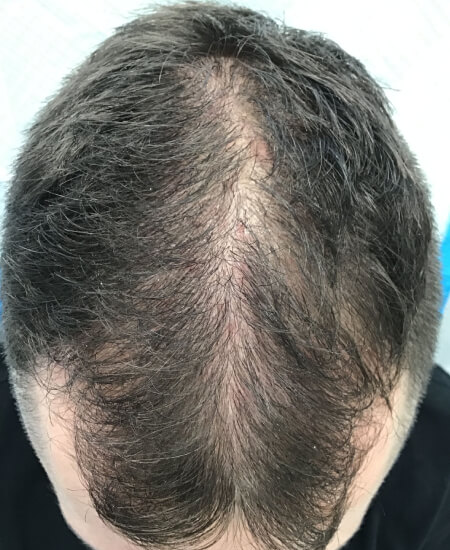
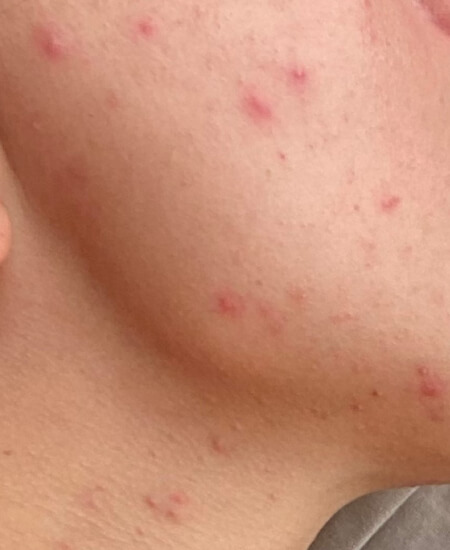
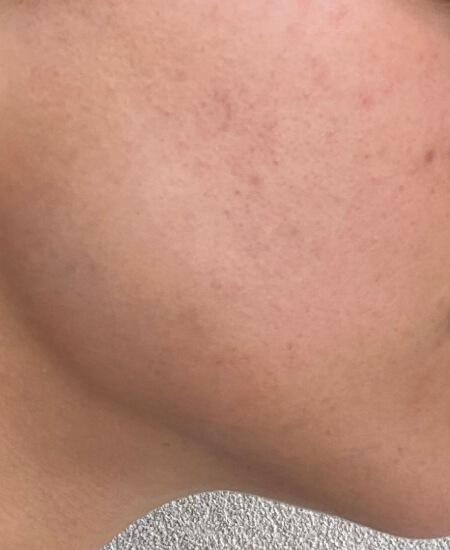
What Our Clients Say
Frequently Asked Questions
Photodynamic therapy (PDT) is a minimally invasive treatment that uses a combination of light and a photosensitizing agent to destroy cancerous or diseased cells. The photosensitizing agent is a light-activated drug that accumulates in the target cells. When exposed to a specific wavelength of light, the photosensitizing agent generates reactive oxygen species (ROS) that damage the target cells.
PDT offers several potential benefits over traditional cancer treatments, such as surgery, chemotherapy, and radiation therapy:
- Non-invasive and minimally destructive: PDT does not involve surgery or incisions, and it typically causes minimal damage to healthy tissues surrounding the treatment area.
- Targeted treatment: PDT selectively targets cancerous or diseased cells, leaving healthy cells largely unaffected.
- Fewer side effects: PDT is generally associated with fewer side effects compared to traditional cancer treatments.
- Repeatability: PDT can be repeated multiple times if necessary without causing significant cumulative damage to healthy tissues.
PDT is used to treat a variety of conditions, including:
- Skin cancer: PDT is an effective treatment for various types of skin cancer, including actinic keratosis, basal cell carcinoma, and squamous cell carcinoma.
- Acne: PDT can be used to treat moderate to severe acne by reducing inflammation and destroying acne-causing bacteria.
- Sun damage: PDT can help reduce the appearance of wrinkles, fine lines, and age spots caused by sun damage.
- Precancerous lesions: PDT can be used to treat precancerous lesions, such as cervical intraepithelial neoplasia (CIN) and oral leukoplakia, to prevent them from progressing to cancer.
PDT is suitable for a wide range of individuals, including those with sensitive skin. However, it is important to consult with a qualified dermatologist or other healthcare provider to determine if PDT is right for you and to discuss your specific condition and treatment goals.
After PDT treatment, you may experience some mild side effects, such as redness, swelling, or a burning sensation. These side effects are typically temporary and subside within a few days. You may also notice an initial improvement in your condition, with more noticeable results developing gradually over time.
Get In Touch With Us
Need assistance? We’re here for you. Contact us today.
LOCATION
The Grove, 1358 West Bay road, Seven Mile Beach, Grand Cayman , Cayman Islands
CALL US
EMAIL
BUSINESS HOURS
Mon-Fri 9am to 5pm, Sat 9am to 12pm

